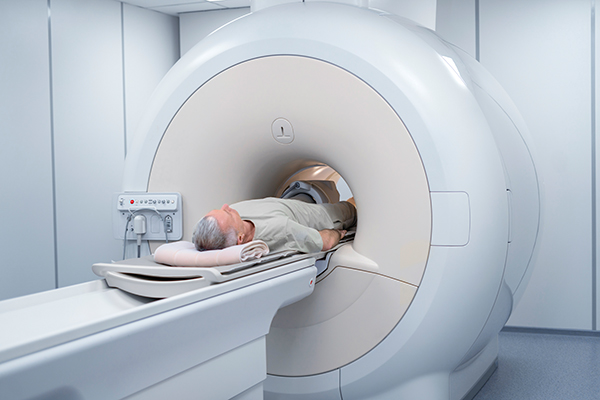Emergency Radiotherapy
Emergency radiotherapy refers to the use of radiation therapy in urgent situations to address acute symptoms or complications related to cancer. This form of radiotherapy is administered when there is an immediate need to alleviate severe symptoms or prevent imminent complications, such as pain, bleeding, neurological deficits, or airway obstruction.
Common scenarios where emergency radiotherapy might be indicated include
- Spinal cord compression: Cancer metastases to the spine can sometimes lead to compression of the spinal cord, resulting in severe pain, weakness, paralysis, or loss of bladder or bowel control. Emergency radiotherapy may be used to shrink the tumor and relieve pressure on the spinal cord, preventing further neurological damage.
- Superior vena cava syndrome (SVCS): SVCS occurs when a tumor compresses the superior vena cava, a large vein that carries blood from the upper body back to the heart. This can lead to swelling of the face, neck, and upper body, as well as difficulty breathing. Emergency radiotherapy can help alleviate symptoms by reducing tumor size and restoring blood flow through the vein.
- Brain metastases: Cancer that spreads to the brain can cause symptoms such as headaches, seizures, neurological deficits, or changes in mental status. Emergency radiotherapy may be used to target brain metastases and relieve symptoms, improve neurological function, and prevent further complications.
- Bleeding tumors: Some tumors, such as those in the gastrointestinal tract or genitourinary system, can cause bleeding that is difficult to control. Emergency radiotherapy may be used to cauterize bleeding vessels, shrink tumors, and alleviate bleeding, helping to stabilize the patient and improve outcomes.
- Airway obstruction: Tumors in the head and neck region or the lungs can sometimes obstruct the airway, leading to breathing difficulties or respiratory distress. Emergency radiotherapy may be employed to reduce tumor size and alleviate airway obstruction, allowing the patient to breathe more easily.
In emergency situations, radiotherapy is typically delivered promptly, often within hours to days, to address the immediate medical needs of the patient. Treatment decisions are made quickly and may involve a multidisciplinary team of healthcare providers, including radiation oncologists, medical oncologists, surgeons, and other specialists.
The goal of emergency radiotherapy is to provide rapid relief of symptoms, stabilize the patient's condition, and improve overall outcomes. It is often part of a comprehensive management plan that may include other interventions, such as surgery, chemotherapy, or supportive care, depending on the specific clinical scenario and the patient's individual needs.














